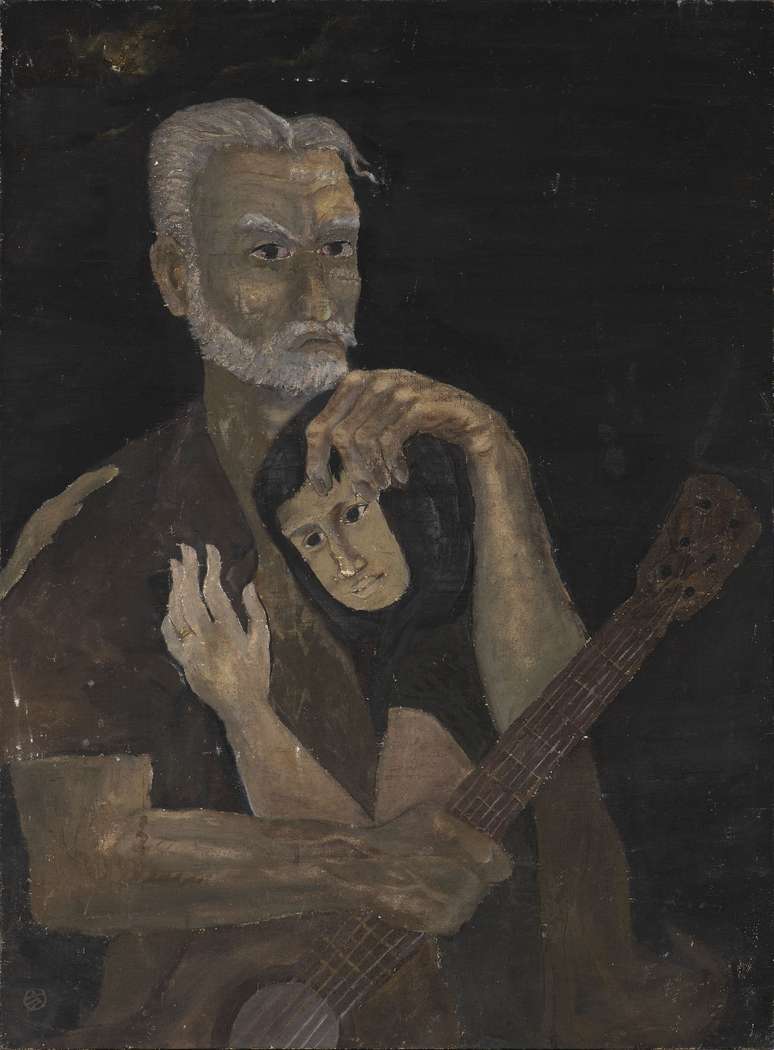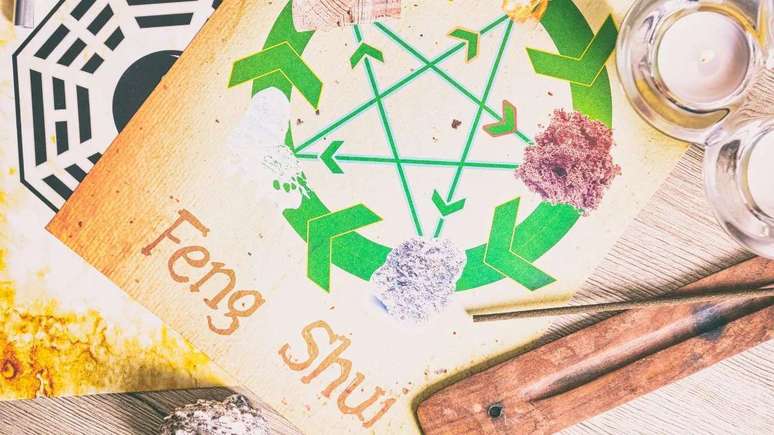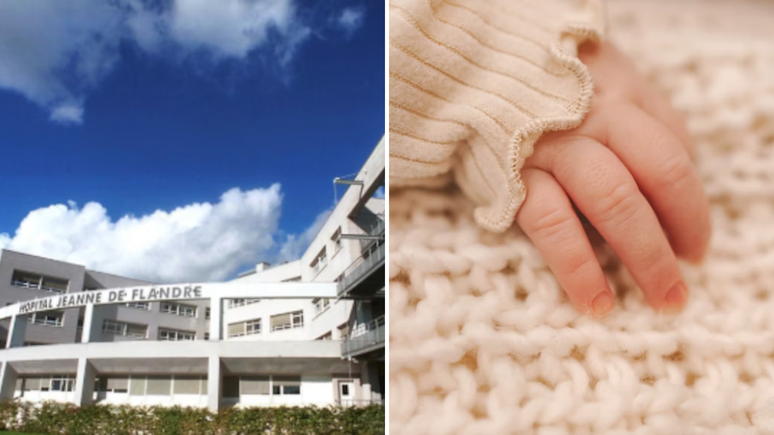Consisting of three exhibitions and a public program with meetings, workshops and debates, the event opens to the public on Saturday 2 March
Opening on March 2 at the Instituto Tomie Ohtake, in São Paulo, the Asian Diasporas exhibition program includes three exhibitions, two of which are solo exhibitions by the artists Chen Kong Fang (Tung Cheng, China, 1931 – Sao Paulo, SP, 2012) e Ih Sub Ahn (Seoul, South Korea, 1940), and a third group exhibition, featuring works by Japanese-Brazilian ceramists such as Akinori Nakatani, Alberto Cidraes, Hideko Honma, Katsuko Nakano, Kenjiro Ikoma, Kimi Nii, Kimiko Suenaga, Luciane Sakurada, Marcelo Tokai, Mário Konishi, Megumi Yuasa, Mieko Ukeseki, Renata Amaral, Shoko Suzuki and Tomie Ohtake. Alongside the works of the ceramists, haiku by the artist Kenichi Kaneko are dedicated to each of the ceramists gathered.
The presence of Tomie Ohtake is due to the fact that a part of the folder that accompanies the exhibition – accessible via QR CODE – is dedicated to his public works and his presence in the city of Sao Paulo. The publication also includes unpublished texts by the curators of the exhibition on the artists and universes portrayed in the exhibitions and also a text commissioned from Lais Miwaresearcher who has distinguished himself in the debate on the presence and visibility of the Asian population in the Brazilian context.
As the artistic director of the Institute Tomie Ohtake points out, Paolo Miyada, in a cultural space named after Tomie Ohtake, thinking about Asian diasporas is an inevitable task. The numerous conflicts, crises, inventions, revolutions and wars during the 20th century were decisive both for the diaspora of important portions of the Asian population and for the influx of immigrants from different parts of the world to Brazil – with the state of São Paulo as a common destination for many diasporic flows due to their economic and social dynamics. “It is a conflictual process, with losses and exchanges that span generations and are defined by constant transformation,” Miyada adds.
Find out something about each exhibition:
Chen Kong Fang – The refuge
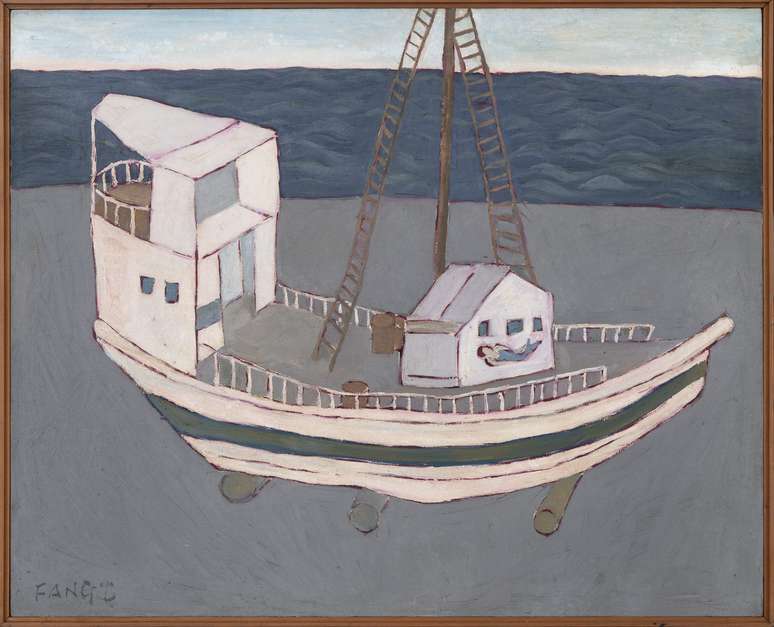
By Paolo Miyada AND Yudi Raffaele, the exhibition focuses on the career and work of the Chinese artist who built his life in Brazil, developing his painting practice in the São Paulo art scene for around fifty years. The exhibition, the artist’s first retrospective in a Brazilian institution, brings together a set of more than one hundred works, including oils and sumi-ê, created between the end of the 1940s and the beginning of the last decade.
According to the curators, instead of a chronological path organized in successive phases, the exhibition underlines how the artist, who conceived painting as a path, made his work a constant comparison with consolidated pictorial genres. “Taking advantage of the experimental reopening of the modern avant-garde, Fang stamped his own diction on the ideas of portrait, landscape and still life,” they add.
The exhibition Hee Sub Ahn – The journey
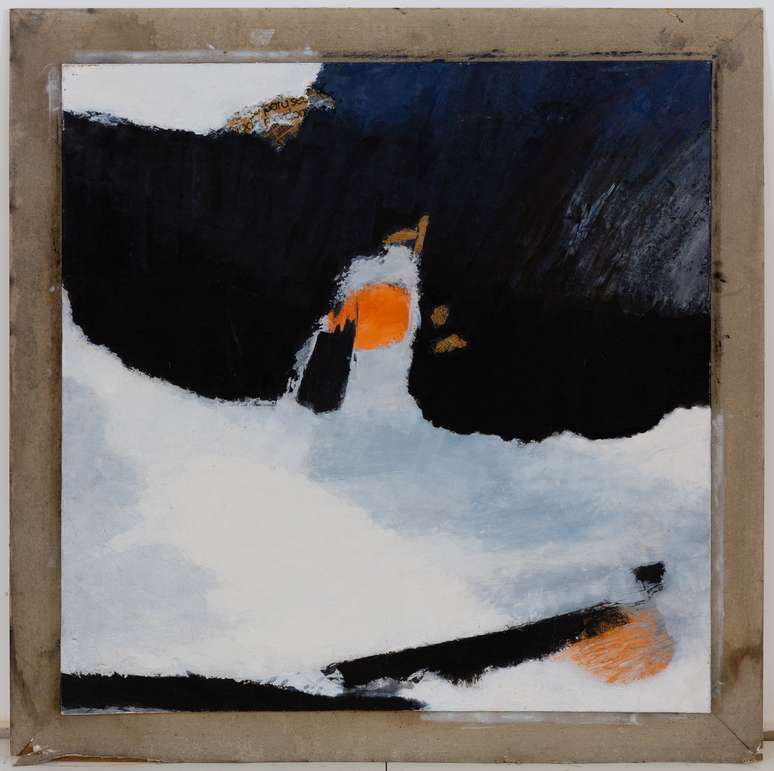
By Catalina Bergues AND Giulia Cavazzini, exhibits the South Korean artist’s work in an institutional context for the first time. From more than 50 years of intense creation, a selection of works produced mainly in the 1980s, a few years after their arrival in Brazil, has been selected. According to the curators, Hee’s production is permeated by memories of his place of origin and of the new community built here in the neighborhood of Bom Retiro (SP), in which the artist occupies a central role. “His disciplined and routine artistic creation becomes an intimate ritual to give meaning to what he perceives in his environment,” emphasize Bergues and Cavazzini.
Now Touch the Earth: Contemporary Japanese-Brazilian Ceramics
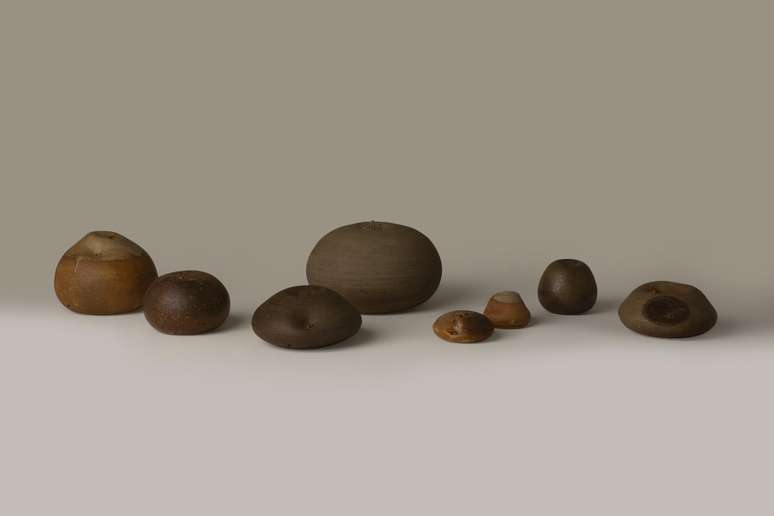
By Rachel Hoshino, guest curator, and which avails itself of the assistance of Ana Roman, the exhibition chooses ceramics to address the theme of the Japanese diaspora – “because it is, at the same time, material and metaphor: the land on which it lands, is planted and inhabits it is the land touched with art by the Japanese ethos”, explains the curator. These are works by 15 artists based in the state of São Paulo whose activities, research and repertoires are influenced by Japanese traditions, regardless of their ancestry.
According to the curators, in addition to the form and the symbol, it is the experience of latent energy that makes seeds and sprouts recurring themes in their works. “Many of them are left in a natural environment, where they continue their metamorphosis, under the effects of bad weather and occupation by other beings,” they explain. This, Hoshino points out, translates into another important Japanese concept: “wabi-sabi” (侘び寂び), aesthetic-philosophical ideal according to which beauty resides in the imperfect, the impermanent and the incomplete. “The plasticity of clay, respect for time and awareness of the interdependence between everything make ceramics a practice that encourages the ceramist’s dialogue with his history, his environment and himself”, adds Hoshino.
Service – Asian Diaspora Program
Opening: March 2, 11.00 am. On display until May 26, 2024
From Tuesday to Sunday, from 11:00 to 19:00, free admission
Instituto Tomie Ohtake – Av. Faria Lima 201 (Entrance from Rua Coropé, 88) – Pinheiros (SP)
Telephone: 11 2245 1900
Source: Terra
Ben Stock is a lifestyle journalist and author at Gossipify. He writes about topics such as health, wellness, travel, food and home decor. He provides practical advice and inspiration to improve well-being, keeps readers up to date with latest lifestyle news and trends, known for his engaging writing style, in-depth analysis and unique perspectives.

